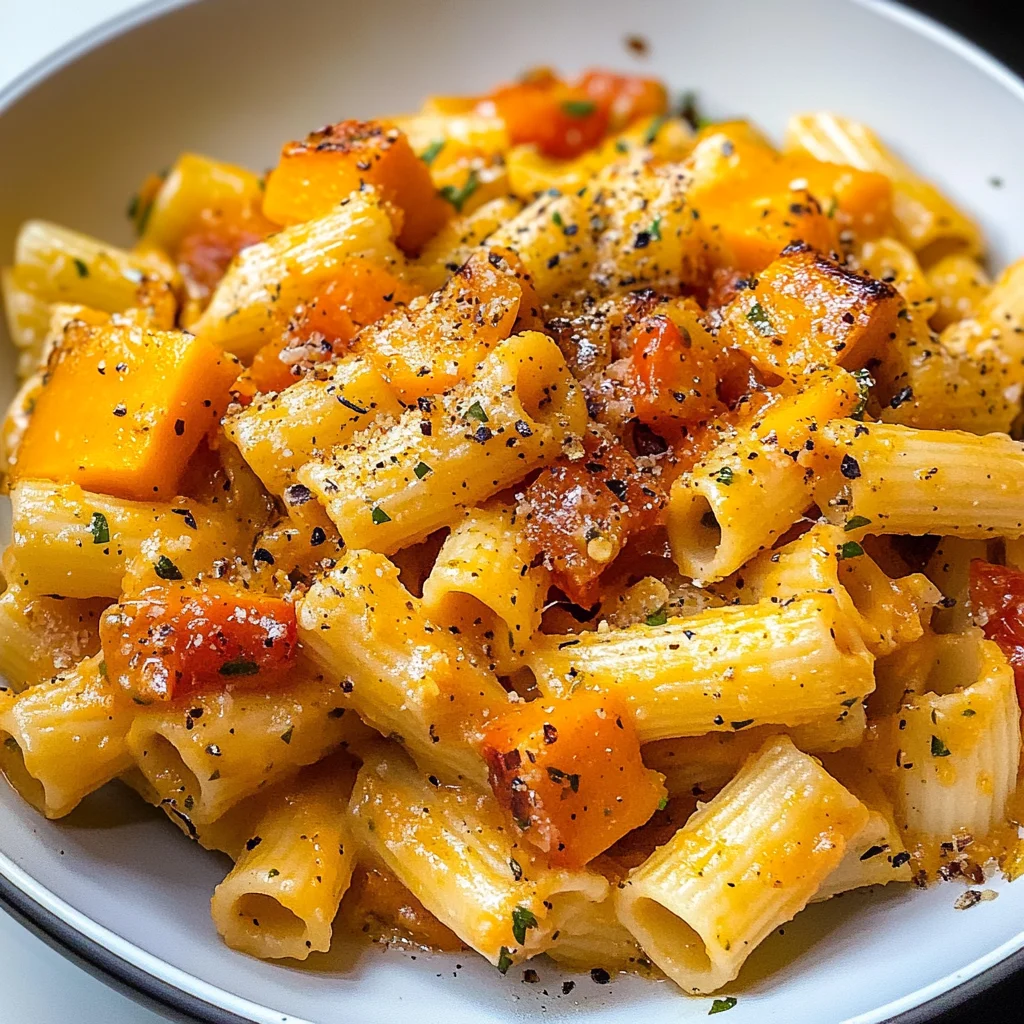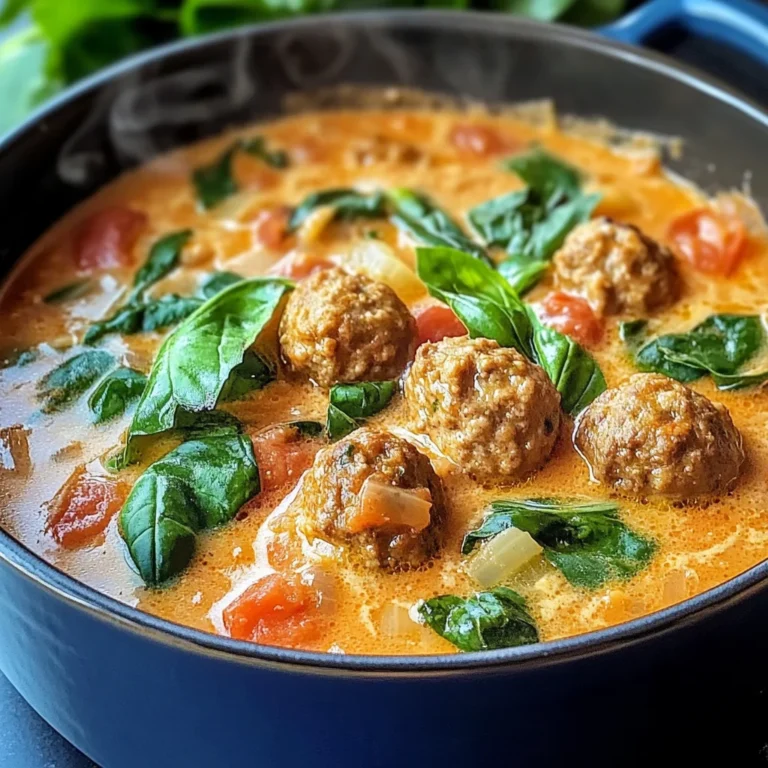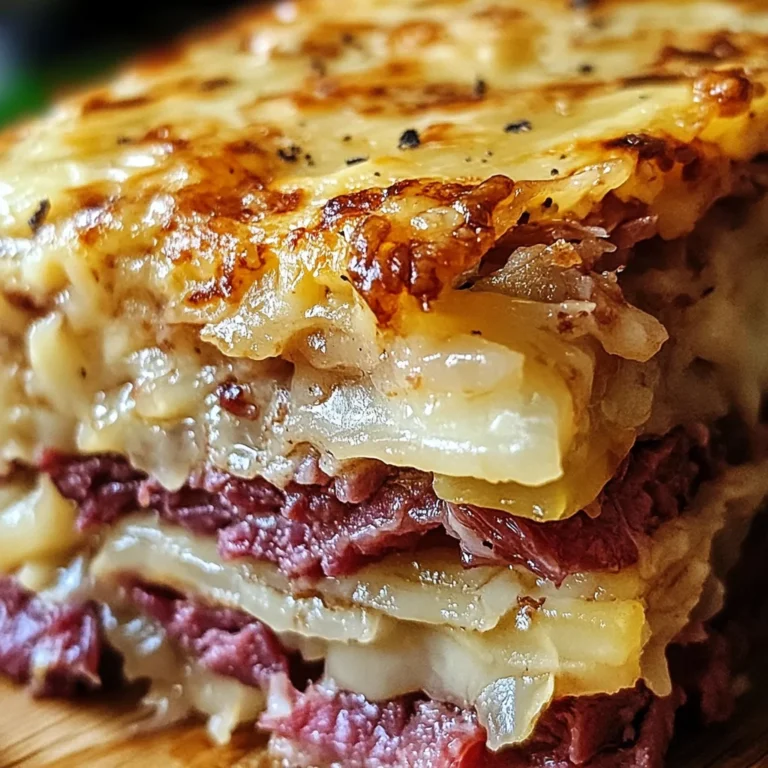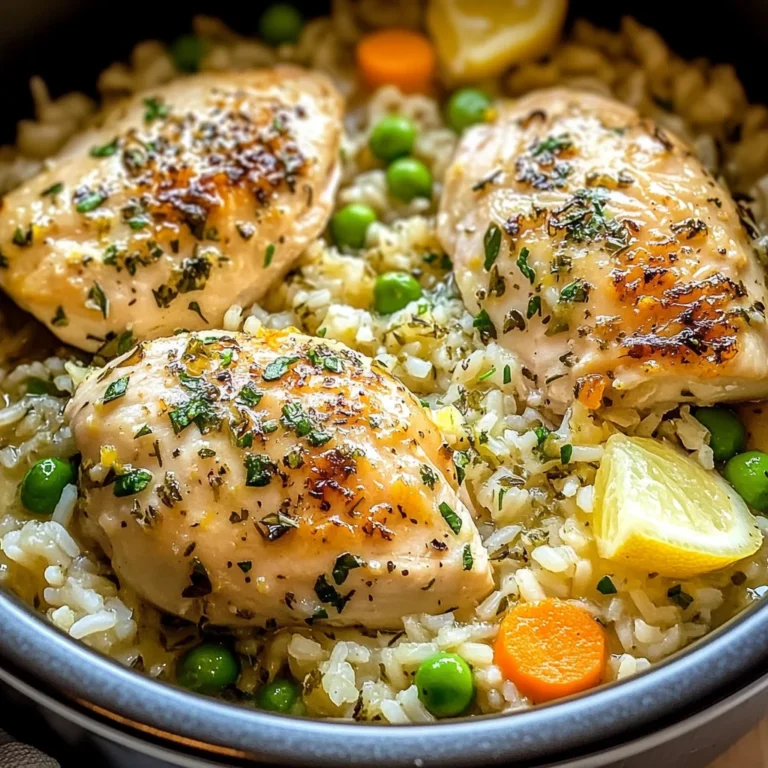Butternut Squash Pasta Sauce
A creamy butternut squash pasta sauce is the perfect choice for a comforting dinner. This Butternut Squash Pasta Sauce is not only delicious but also healthy, making it suitable for various occasions from weeknight meals to special gatherings. Its vibrant color and rich flavor will impress your guests while keeping your meal prep simple and quick.
Why You’ll Love This Recipe
- Delicious Flavor: The combination of roasted butternut squash and fresh tomatoes creates a unique, savory taste that elevates any pasta dish.
- Healthy Ingredients: Packed with nutritious vegetables, this sauce is a great way to incorporate more plant-based options into your diet.
- Easy to Make: With minimal prep and cooking time, this recipe is perfect for busy weeknights or last-minute dinners.
- Versatile Pairing: This sauce pairs well with any pasta type, making it adaptable to whatever you have on hand.
- Vegan-Friendly: Enjoy a creamy texture without dairy products, allowing everyone to savor the dish without dietary restrictions.
Tools and Preparation
Preparing this delicious sauce requires just a few essential tools. Having the right equipment can streamline your cooking process and enhance the final dish.
Essential Tools and Equipment
- Baking sheet
- Blender
- Pot for boiling pasta
- Knife and cutting board
Importance of Each Tool
- Baking sheet: A sturdy baking sheet ensures even roasting of the vegetables for maximum flavor.
- Blender: A high-quality blender creates a smooth consistency in the sauce, blending all ingredients seamlessly.

Ingredients
A creamy vegan butternut squash pasta sauce made with simple healthy ingredients.
For the Sauce:
- 16 oz bag of frozen diced butternut squash
- 1.5 cups fresh chopped tomatoes
- 1/2 yellow onion
- 2 tbsp olive oil
- 1 tsp salt
- 1/4 tsp black pepper
- 1/2 tsp dried thyme
For the Pasta:
- 1 lb pasta
- 1/3 cup pasta water reserved from cooked pasta
How to Make Butternut Squash Pasta Sauce
Step 1: Preheat the Oven
Preheat your oven to 450°F (232°C) and line a baking sheet with parchment paper.
Step 2: Prepare Vegetables
Place the frozen cubed butternut squash, chopped tomatoes, and sliced onion on the baking sheet.
Step 3: Season the Veggies
Drizzle olive oil over the vegetables. Season with salt, black pepper, and dried thyme. Mix well to coat everything evenly.
Step 4: Roast the Vegetables
Bake at 450°F (232°C) for 20 minutes until tender and slightly caramelized.
Step 5: Cook the Pasta
While the veggies are roasting, cook your pasta according to package instructions. Be sure to reserve 1/3 cup of pasta water before draining.
Step 6: Blend the Sauce
Add the reserved pasta water to a blender along with the hot roasted vegetables. Blend until smooth.
Step 7: Combine Pasta and Sauce
Pour the creamy butternut squash sauce over your cooked pasta. Toss gently to coat all strands thoroughly.
Step 8: Serve and Enjoy!
Serve immediately with grated parmesan cheese or plant-based parmesan for an extra touch of flavor. Enjoy your healthy butternut squash pasta!
How to Serve Butternut Squash Pasta Sauce
Serving butternut squash pasta sauce is a delightful experience that can elevate your dinner table. This creamy vegan sauce pairs beautifully with various sides and toppings, enhancing its flavors.
Add Fresh Herbs
- Basil: Chopped fresh basil adds a fragrant touch and complements the sweetness of the butternut squash.
- Parsley: A sprinkle of fresh parsley brings brightness and a pop of color to your dish.
Top with Cheese Alternatives
- Plant-Based Parmesan: Grate some plant-based parmesan cheese on top for a nutty flavor that enhances the creaminess of the sauce.
- Nutritional Yeast: Sprinkle nutritional yeast for a cheesy flavor without dairy, perfect for vegan diets.
Serve with Protein
- Grilled Chicken: Sliced grilled chicken adds protein and makes the meal more filling.
- Sautéed Vegetables: Mix in sautéed spinach or kale for added nutrients and a burst of color.
Pair with Bread
- Garlic Bread: Crispy garlic bread is perfect for dipping into the creamy sauce, adding texture to your meal.
- Breadsticks: Soft breadsticks can be served on the side for an enjoyable experience.
How to Perfect Butternut Squash Pasta Sauce
Creating the perfect butternut squash pasta sauce requires attention to detail. Here are some tips to ensure your sauce turns out smooth and flavorful.
- Choose Quality Ingredients: Fresh tomatoes and high-quality olive oil enhance the overall flavor of your sauce.
- Blend Thoroughly: Ensure you blend the roasted vegetables until smooth, achieving a creamy consistency that clings well to pasta.
- Adjust Seasonings: Taste as you go; feel free to adjust salt, pepper, or herbs based on your personal preference.
- Reserve Enough Pasta Water: Make sure to save enough pasta water, as it helps in creating a cohesive sauce that binds well with the noodles.
- Experiment with Spices: Don’t hesitate to try different herbs like oregano or rosemary for varied flavor profiles.
Best Side Dishes for Butternut Squash Pasta Sauce
Pairing side dishes with butternut squash pasta sauce can make your meal even more satisfying. Here are some great options to consider.
- Roasted Brussels Sprouts – Crisp-tender sprouts seasoned with olive oil and sea salt provide a savory contrast.
- Garden Salad – A fresh salad with mixed greens, cucumbers, and a light vinaigrette adds crunch and freshness.
- Garlic Bread – Toasted bread topped with garlic butter pairs perfectly, offering a delicious way to scoop up any leftover sauce.
- Steamed Broccoli – Simple steamed broccoli adds brightness and is packed with nutrients.
- Quinoa Salad – A hearty quinoa salad mixed with veggies provides additional protein and makes for a healthy side.
- Stuffed Bell Peppers – Colorful bell peppers stuffed with grains or lentils add a satisfying element alongside your pasta dish.
Common Mistakes to Avoid
To make the best butternut squash pasta sauce, it’s important to avoid common pitfalls.
- Ignoring the vegetables’ size: Cutting your butternut squash and tomatoes into uneven sizes can lead to inconsistent cooking. Ensure uniform pieces for even roasting.
- Skipping the seasoning: Not seasoning your veggies before roasting can result in bland sauce. Always season well with salt, pepper, and herbs.
- Overcooking the pasta: Cooking pasta too long will make it mushy and affect the overall texture of your dish. Follow package instructions for al dente results.
- Not reserving enough pasta water: Forgetting to save pasta water can hinder the sauce’s creaminess. Reserve at least 1/3 cup for blending.
- Blending too long: Over-blending can turn your sauce watery instead of creamy. Blend just until smooth for the perfect consistency.

Storage & Reheating Instructions
Refrigerator Storage
- Store in an airtight container for up to 5 days.
- Let the sauce cool completely before sealing to prevent condensation.
Freezing Butternut Squash Pasta Sauce
- Freeze in a freezer-safe container or resealable bags for up to 3 months.
- Label with the date to keep track of freshness.
Reheating Butternut Squash Pasta Sauce
- Oven: Preheat to 350°F and heat in a covered dish for about 20 minutes, stirring halfway through.
- Microwave: Heat in short increments (1-2 minutes), stirring after each time until warmed through.
- Stovetop: Warm over medium heat, stirring frequently until heated evenly.
Frequently Asked Questions
What makes this Butternut Squash Pasta Sauce creamy?
The creaminess comes from blending roasted butternut squash and tomatoes with reserved pasta water, creating a smooth texture without dairy.
Can I customize the flavor of my Butternut Squash Pasta Sauce?
Absolutely! You can add spices like nutmeg or smoked paprika, or incorporate greens such as spinach for added nutrition and flavor.
What type of pasta pairs well with Butternut Squash Pasta Sauce?
Any pasta works well, but shapes like penne or fettuccine hold onto the sauce beautifully. Choose your favorite!
Is this recipe suitable for meal prep?
Yes! This butternut squash pasta sauce is perfect for meal prep and can be made ahead to save time during busy weeknights.
How do I make this Butternut Squash Pasta Sauce gluten-free?
Simply use gluten-free pasta to enjoy this delicious sauce without gluten.
Final Thoughts
This creamy butternut squash pasta sauce is not only healthy but also versatile. You can easily customize it by adding different spices or vegetables. Perfect for any dinner table, we encourage you to try this recipe and discover its delightful flavors!
Butternut Squash Pasta Sauce
Indulge in the comforting flavors of our creamy Butternut Squash Pasta Sauce. This vegan delight features roasted butternut squash blended with fresh tomatoes and aromatic herbs, creating a rich and savory sauce that transforms any pasta dish into a gourmet experience. Ideal for busy weeknights or special occasions, this sauce is not only simple to prepare but also packed with nutritious ingredients, making it a wholesome addition to your dinner table. Pair it with your favorite pasta and enjoy a meal that’s both healthy and satisfying.
- Prep Time: 10 minutes
- Cook Time: 30 minutes
- Total Time: 40 minutes
- Yield: Serves approximately four people 1x
- Category: Main
- Method: Baking
- Cuisine: Vegan
Ingredients
- 16 oz frozen diced butternut squash
- 1.5 cups fresh chopped tomatoes
- 1/2 yellow onion
- 2 tbsp olive oil
- 1 tsp salt
- 1/4 tsp black pepper
- 1/2 tsp dried thyme
- 1 lb pasta
- 1/3 cup reserved pasta water
Instructions
- Preheat the oven to 450°F (232°C) and line a baking sheet with parchment paper.
- Spread the frozen butternut squash, chopped tomatoes, and sliced onion on the baking sheet.
- Drizzle with olive oil, season with salt, black pepper, and thyme; toss to coat.
- Roast for 20 minutes until tender and slightly caramelized.
- Cook pasta according to package instructions, reserving 1/3 cup of pasta water before draining.
- Blend the roasted vegetables with the reserved pasta water until smooth.
- Combine the sauce with cooked pasta, tossing gently to coat.
- Serve immediately and enjoy!
Nutrition
- Serving Size: 1 cup (about 240g)
- Calories: 230
- Sugar: 6g
- Sodium: 350mg
- Fat: 6g
- Saturated Fat: 0.5g
- Unsaturated Fat: 5g
- Trans Fat: 0g
- Carbohydrates: 40g
- Fiber: 8g
- Protein: 5g
- Cholesterol: 0mg







